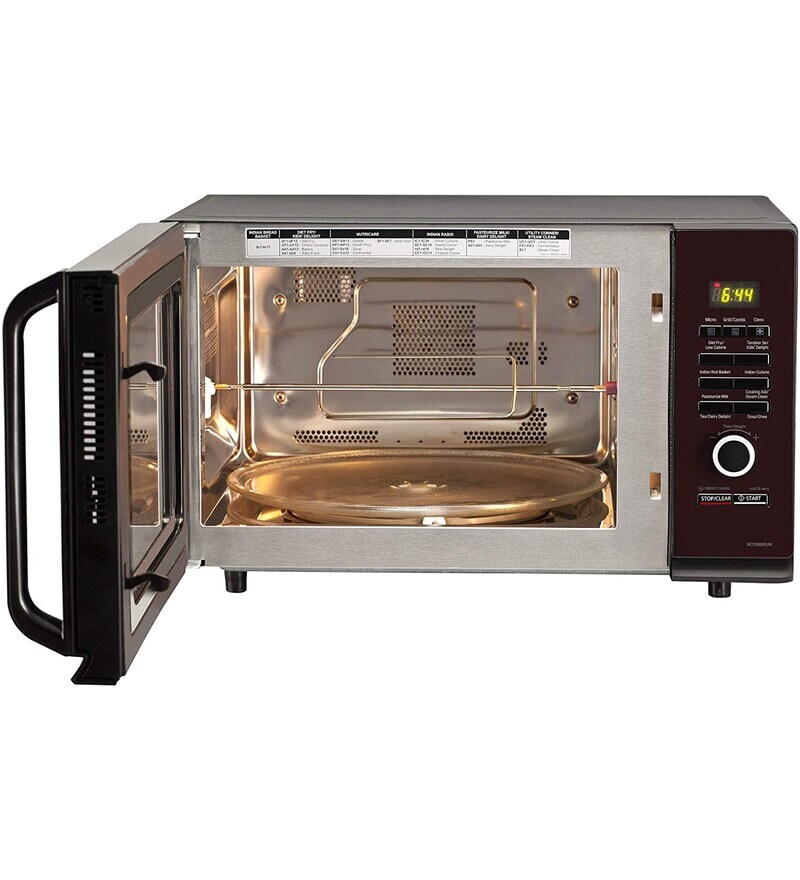how does microwave actually work?

This is the introduction to the article...
Microwave ovens generate electromagnetic radiation in the microwave frequency range, typically around 2.45 gigahertz (GHz). This radiation consists of microwave photons, which are a type of electromagnetic wave. The heart of a microwave oven is the magnetron, a specialized vacuum tube that generates the microwave radiation. When electricity is applied to the magnetron, it produces high-frequency electromagnetic waves.
Here is some more content in the article...
Waveguide: The microwaves generated by the magnetron are channeled into the cooking chamber through a waveguide. A waveguide is a metal tube or channel that directs the microwaves into the cooking area.
Reflection and Absorption: Once inside the cooking chamber, the microwaves bounce around, reflecting off the metal walls and ceiling. The food inside the oven contains water, fats, and other molecules. These molecules are polar, meaning they have positive and negative charges that can vibrate in response to the microwave radiation. The microwaves are absorbed by these molecules, causing them to vibrate rapidly and generate heat.
Heating: As the molecules in the food vibrate and generate heat, the temperature of the food rises rapidly. This is how microwave ovens cook food from the inside out. The outer layers of the food also get heated through conduction from the hot interior.
Turntable: Many microwave ovens have a turntable or rotating platform to ensure even heating. The rotation helps distribute the microwaves more uniformly, preventing hot spots and cold spots in the food.
Control Panel: The control panel on the front of the microwave allows you to set the cooking time and power level. You can adjust these settings to cook various types of food.
Safety Features: Microwave ovens are equipped with safety features such as door interlocks that prevent the oven from operating when the door is open. This ensures that the microwave radiation remains contained within the cooking chamber.
It's important to note that microwave radiation used in microwave ovens is non-ionizing radiation, which means it doesn't have enough energy to ionize atoms or molecules in the way that X-rays or gamma rays do. As a result, microwaves are generally considered safe for heating and cooking food when used correctly.
Comments
Post a Comment